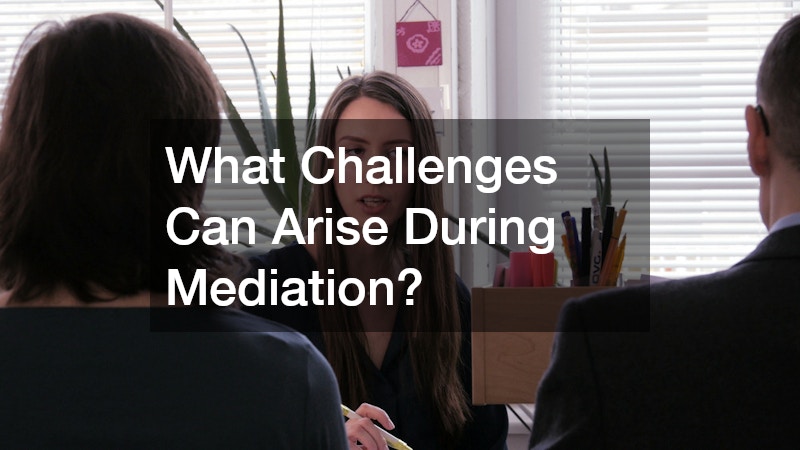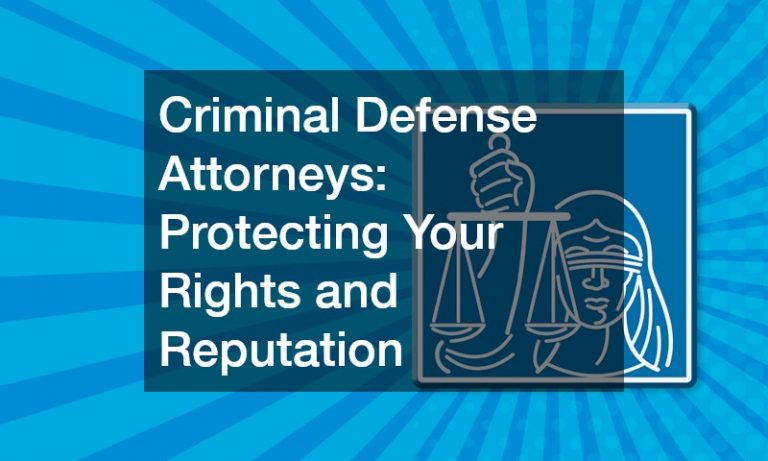Understanding the Basic of Class Action Mediation
This article aims to provide a comprehensive overview of class action mediation, explaining its processes, benefits, challenges, and real-world implications. By exploring common questions and topics, readers will gain a better understanding of how class action mediation operates within the legal system.
What is Class Action Mediation?
Definition and Purpose
Class action mediation is a structured process in which a neutral third party, known as a mediator, assists a large group of plaintiffs and one or more defendants in resolving their disputes. The main objective is to achieve a mutually acceptable settlement that avoids the high costs and lengthy timelines often associated with litigation.
One of the distinctive purposes of class action mediation is to provide a platform for informal negotiation, assisting parties in reaching a fair outcome based on the merits of the case. By promoting open dialogue and understanding, the process aims to bridge any gaps between conflicting parties.
Mediation in this context serves as an alternative to a formal trial, streamlining the path to resolution while minimizing risks for all parties involved. The voluntary nature of mediation allows parties to be more flexible and creative in crafting solutions.
Key Differences from Regular Mediation
Unlike regular mediation, class action mediation deals with cases involving numerous plaintiffs who share common legal issues against a defendant. This complexity requires the mediator to have specialized skills in managing diverse interests and, often, larger volumes of information.
The presence of multiple plaintiffs introduces challenges in ensuring that the mediation process adequately represents the interests of the entire class. This differs from regular mediation, which typically involves one-on-one negotiation between individual parties.
Class action mediation also often requires more robust administrative oversight to handle the logistical aspects of coordinating large groups through the mediation process. The mediator, therefore, plays a critical role in structuring the discussions to maintain order and focus.
How Does the Mediation Process Work?
Stages of Class Action Mediation
The class action mediation process generally begins with a preliminary meeting where the mediator sets the ground rules and schedules subsequent sessions. In these meetings, parties exchange essential information that aids in understanding the breadth of the case.
Following this initial phase, parties engage in open discussions facilitated by the mediator to explore potential settlement options. This stage is crucial for identifying areas of agreement and contention, paving the way for more targeted negotiations.
The final stage involves drafting a detailed settlement agreement if consensus is reached. This document outlines the obligations of each party and represents a formal resolution to the dispute.
Roles of Parties Involved
In class action mediation, the plaintiffs as a group appoint representative members to articulate the collective interests of the class. These representatives work closely with legal counsel to ensure that all viewpoints are considered during mediation.
The defendants, often corporations or large entities, participate in mediation to manage risk and control costs associated with lengthy litigation. Their goal is to negotiate terms that allow them to settle disputes affordably while preserving their interests.
The mediator, serving as a neutral party, facilitates discussions by providing guidance and ensuring that the process remains balanced and focused. Their expertise in conflict resolution is pivotal in helping both sides reach a satisfactory settlement.
What Are the Benefits of Class Action Mediation?
Efficiency and Cost-Effectiveness
Mediation often requires less time than traditional litigation, which can lead to faster resolutions and reduced legal expenses for all parties involved. This efficiency is particularly beneficial in class action cases, which can otherwise drag on for years in court.
By resolving disputes outside of the courtroom, mediation helps minimize the financial strain on plaintiffs and defendants alike. This cost-efficiency is a driving factor behind many parties’ preference for mediation in class action lawsuits.
The streamlined nature of mediation also allows parties to focus resources on negotiating mutually satisfying outcomes rather than investing heavily in protracted legal battles. As such, it provides a sustainable and economical alternative to trial.
Confidentiality and Control
Class action mediation offers the advantage of confidentiality, as discussions and settlements are not part of the public record. This privacy allows parties to negotiate terms without concerns about public pressure or reputational harm.
Control over the outcome is another significant benefit of mediation, as parties actively participate in crafting resolutions that best fit their needs rather than accepting a court-imposed decision. This element of self-determination often leads to more satisfactory and sustainable settlements.
The non-adversarial nature of mediation fosters an environment where parties are more likely to engage constructively, exploring creative solutions without the confrontational elements found in court proceedings. This cooperative approach can lead to more innovative and personalized outcomes.
What Challenges Can Arise During Mediation?
Complexity of Negotiations
Reaching an agreement in class action mediation is complicated by the diversity of interests among class members. This diversity can lead to conflicting priorities, making consensus-building a challenging task.
The complexity is further exacerbated by the necessity to balance the varied legal and factual issues present in the case. Without careful management, negotiations can stall, affecting the timeliness of resolutions.
In such scenarios, the mediator’s role becomes crucial in guiding discussions and helping parties navigate difficult conversations about contentious points. Their expertise is essential in keeping negotiations productive and focused on achieving a joint resolution.
Ensuring Fair Representation
One of the major challenges in class action mediation is guaranteeing that the interests of all class members are sufficiently represented. This requires meticulous oversight and strategic organization to manage diverse viewpoints effectively.
The appointed class representatives have the responsibility of communicating with and advocating for the larger group, a task that entails significant negotiation skills and coordination. Ensuring their actions align with the class’s best interests is pivotal to the process’s integrity.
Issues of fair representation can lead to disputes within the class if certain members feel their concerns are marginalized. Mediators, therefore, need to be vigilant in promoting equitable participation throughout the mediation process.







